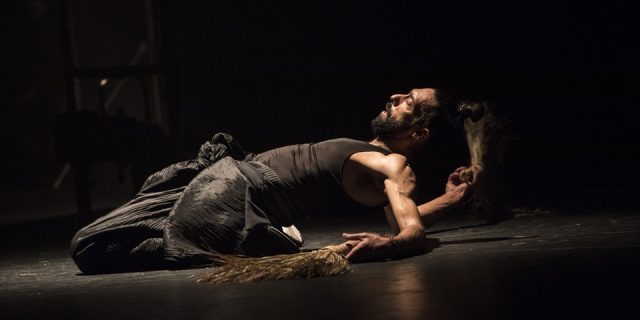Between the end of the 20th century and the beginning of the XXI, thanks to presentations that took place preferably in the Palma Auditoriumthe public of Mallorca could access, without intermediaries, to Central Flemish Dance Figuresa good part of them at some point in their career with the National Ballet of Spainwhose main legacy has been to preserve the traditions of both the Bolera School and the Spanish dance in general.
We saw parade through the stage of the Magna Room of the Auditorium to Merche EsmeraldaAnd next to her we witnessed the beginnings of Sara baras and of Eva the Yerbabuena. They also approached Antonio Canales y Joaquín Cortés or some of the great choreographies of Antonio Gades; In addition to the equally inimitable Cristina Hoyos. All gathered in a small time space: between 1996 and 2015. Without the need to mention it I have expressly referred to the immense contents of That ballet season of Mallorcawhich took the economic crisis of 2010.
Since 2017, the Dance cyclethat it already goes for its ninth edition and that it can be considered a direct heir of that extraordinary initiative devised by Agustín Pinillos. The posters of the different editions, to be honest, have had their more and less, volunteer in any case and sometimes surprising sometimes as is the case of this edition with the presence of the Nacho Duato Dance Company and the Canadian company Marie Chouinard, that will go to his Mallorcan appointment on May 22. Although the appellant in these nine years has been to systematically update us, with those work of new invoice of both Sara Baras and Eduardo Guerrero.
Both are Cadiz, although their trajectories have taken different course. From Sara Baras we already had news during the ballet season presenting her two memorable choreographies, Juana la Crazy y Mariana Pineda. The case of Eduardo Guerrero is exclusively linked to this new -wedge dance cycle where it has been presented four times.
Eduardo Guerrero was a student among others from Antonio Canales, as well as Eva La Yerbabuenain addition to being part of the dance body of the National Ballet of Spain. Without forgetting that it also intervened Aída Gómez in its evolutionary process. Today Aída Gómez is the one who works in the Dance Company of Nacho Duato to guarantee the preservation of the Bolera School. The same, Aída Gómez, who was director of the National Ballet of Spain and precisely defenestrated after presenting CarmenIn Palma.
To summarize, let’s say Eduardo Guerrero arrived alone at the sceneafter completing its formation in flamenco, Spanish dance and contemporary dance, in addition to classic ballet. It was the year 2011 when he formed his own company in order to explore different dance languages and in most cases moving away from conventions and always with deep knowledge and understanding of flamenco roots. These are elements to be very present to understand what their evolutions are going on stage, especially taking into account that he usually practices the dance alone, without the support of a dance body. It has its reasons.
Rather it has an explanation, since We talk about a dance-dance of strong tendency to express itself alone, by temperament and refined technique. In fact, only in one of his four visits he has come with the determined support of a dance body. But let’s go in parts.
His first two visits were to introduce us Faro, choreography dated 2017 and Alley of sinsreleased on 2021. Both alone and leaving us clear samples of their physical and refined technical strength. A recital of searched figures and well scented of unequivocal roots. And the novelty came with Underfootincluding live the battery in something that was announced as the recess of “the vital concerns we are traveling for”, arriving incomprehensibly, perhaps stupidly, hugging the Palestinian flag. Was it necessary? All too much woke!
His fourth return took place on April 5, again alone. Actually- at the same time- because its form of expression is personal, non-transferable. He chose as a generic title of his choreography released 2023 an allusion to Sergio Dalma’s song in 1991, Dancing is not just dancingsubtly changed as Dance is not just dancingwhich are already ways. Actually We attended the origins. To its roots to be concise, seeing flamenco as an expression of beats: pure, territorial and maternal.
His immense presence on stage was not really a reflection with the willingness to reconcile learning, memory and path traveled. Perhaps it is a detail to underline their way of communicating feelings, which have a lot to do with their own personality: a dancer-bailaor, who moves his physical strength and originality of figures to narrate his reason for being.
In short, Eduardo Guerrero that rara opinionof Spanish dance.




